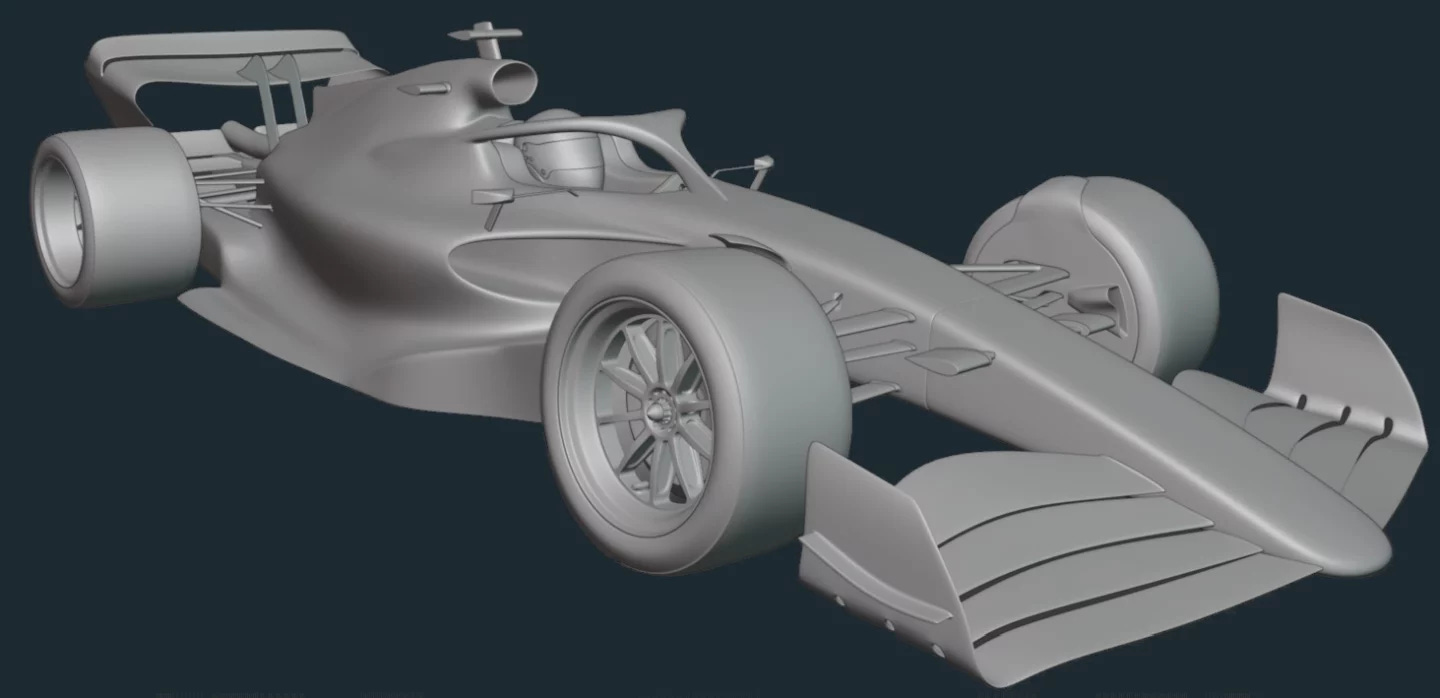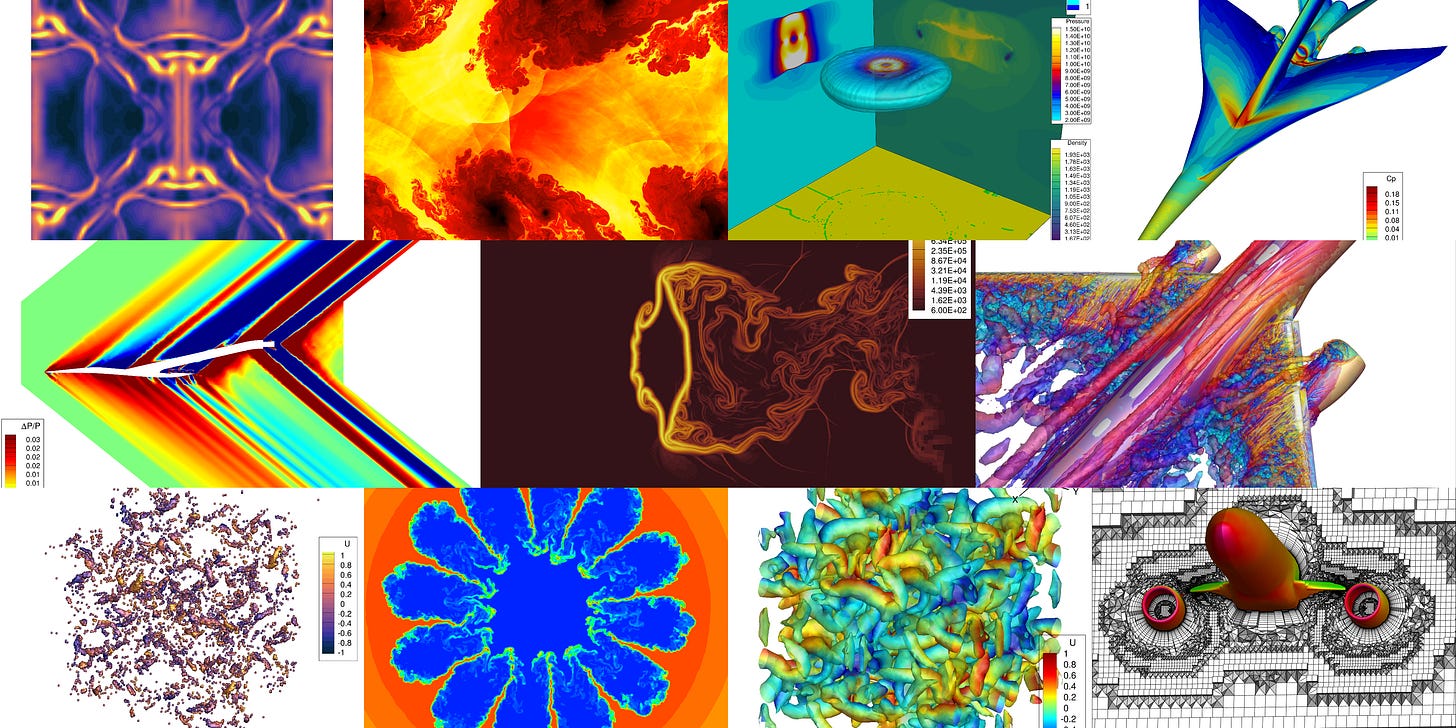Machine Learning Transformed the Porsche 919 Hybrid Evo, NASA CFD Course &
Impossible is for the unwilling.
🚀 How Machine Learning Transformed the Porsche 919 Hybrid Evo
The Porsche engineers have utilized machine learning algorithms to revolutionize airfoil design. By analyzing a database of approximately 1600 airfoils, they distilled an "airfoil DNA" comprising only 5 to 10 critical design parameters. To find the best airfoil, optimization algorithms inspired by natural evolution were employed, significantly reducing the number of designs to evaluate and leading to remarkable efficiency in identifying optimal solutions.
💦 NASA - Introduction to Computational Fluid Dynamics Course
This series will help participants develop an understanding of computational fluid dynamics and provide an opportunity to practice numerical solution techniques as applied to the equations governing fluid mechanics and heat transfer.
💻 Higher crash safety of composites through simulation with LS-DYNA
Crashworthiness is one of the most critical factors that every car manufacturer must take into account during the development phase of a vehicle. The safety of occupants and pedestrians depends largely on the vehicle's crashworthiness. An optimal vehicle body design for crash performance ensures that occupants and pedestrians are maximally protected in traffic accidents.
At the same time, regulations for vehicle crashworthiness are becoming increasingly stringent. To reliably and efficiently predict and demonstrate the crashworthiness of lightweight composite components, particular expertise is required to simulate highly dynamic processes and understand the composite materials used.
🧠 PlotNeuralNet
Latex code for drawing neural networks for reports and presentation. Have a look into examples to see how they are made. Additionally, let’s consolidate any improvements that you make and fix any bugs to help more people with this code.
💻 Pen and Paper Exercises in Machine Learning
This is a collection of (mostly) pen-and-paper exercises in machine learning. The exercises are on the following topics: linear algebra, optimisation, directed graphical models, undirected graphical models, expressive power of graphical models, factor graphs and message passing, inference for hidden Markov models, model-based learning (including ICA and unnormalised models), sampling and Monte-Carlo integration, and variational inference.
🎬 Video of the Week
💻 Engineering Tool of the Week - UCNS3D
Unstructured Grids Compressible Solver Navier – Stokes 3D
UCNS3D is a Computational Fluid Dynamics (CFD) solver developed primarily at Cranfield University in the United Kingdom. Code development was initiated in 2006 by a group of researchers, academics and PhD students.
📚 Book of the Week
A Voyage Through Turbulence
Turbulence is widely recognized as one of the outstanding problems of the physical sciences, but it still remains only partially understood despite having attracted the sustained efforts of many leading scientists for well over a century. In A Voyage Through Turbulence we are transported through a crucial period of the history of the subject via biographies of twelve of its great personalities, starting with Osborne Reynolds and his pioneering work of the 1880s.
This book will provide absorbing reading for every scientist, mathematician and engineer interested in the history and culture of turbulence, as background to the intense challenges that this universal phenomenon still presents.
Let’s connect on Instagram or LinkedIn!
For any business-related issues or collaborations, email me at support@jousefmurad.com!
Keep engineering your mind! 🧠
Jousef






